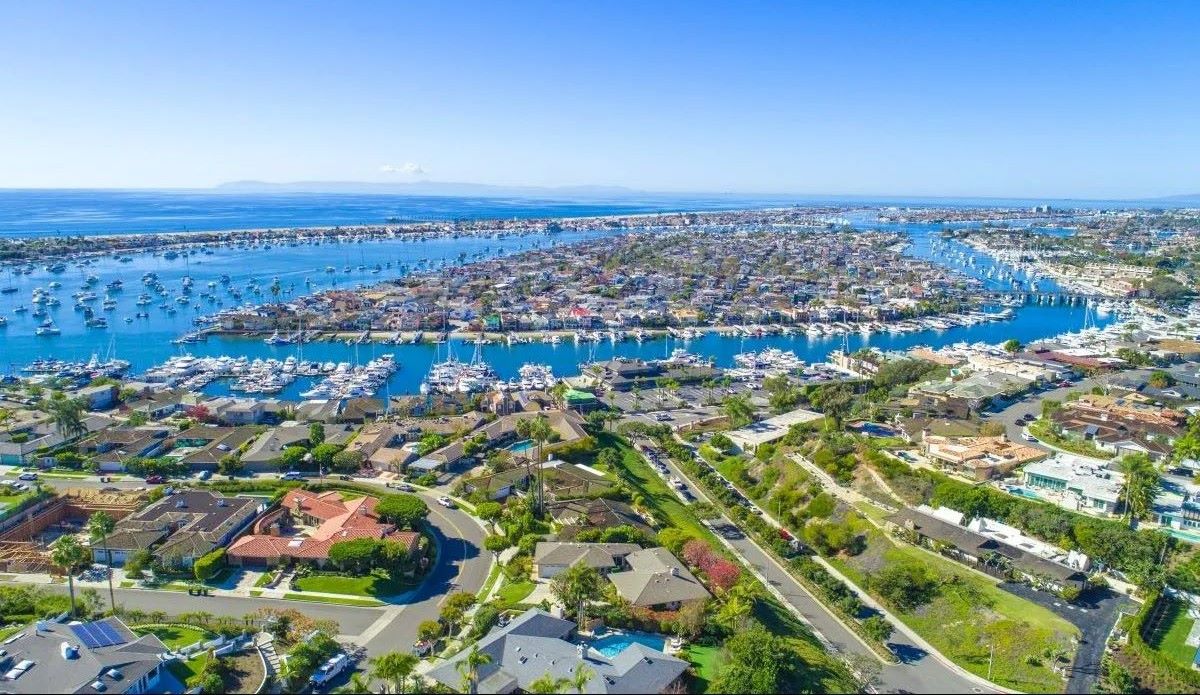Institutional investors in single-family rental (SFR) houses cause rents in a neighborhood to increase quickly, but their entrance into a neighborhood doesn’t cause gentrification.
That’s the conclusion from a working paper released Tuesday by the Federal Reserve Bank of Philadelphia. The paper examined the impact of an SFR company entering a neighborhood by using tax transfer records, deed transfer records, and data from multiple listing services from 2010 to 2021.
Rent increases can be dramatic when SFR investors enter a neighborhood. The study found that when investors first acquire a property, they raise the rent 60% more than the average increase.
After the initial big rent hike, increases were about 7% on average, which is more in line with the norm but still elevated relative to noninvestors. A higher share of investors in a neighborhood also pushes rent up in houses that are not owned by investors.
Investors also tend to target neighborhoods with a higher share of Black residents. They look for lower home values that are coupled with higher median incomes from residents. This gives investors a relatively cheap way into a neighborhood, but also provides room for residents to absorb higher rents given their incomes.
The study did not find that the entry of institutional investors into a neighborhood drove out minority residents. It actually found the opposite — it reduced the share of white and college-educated residents relative to other neighborhoods in the metro area, though this could be related to white residents having more financial options for a move.

Since 2010, the number of single-family homes owned by investors has skyrocketed because deep-pocketed private equity firms like Blackstone were able to buy in bulk homes that went into foreclosure following the financial crisis.
The became an instant subject of controversy because of large rent hikes and allegations that the companies were slow to respond to repair requests. That didn’t slow down the expansion of SFR companies, however, as the number of homes owned by institutional investors and SFR companies has ballooned from barely a blip in 2010 to almost 400,000 by 2021.
The metro areas with the highest share of investor-owned SFRs tend to be in the south. Atlanta tops the list with 3.03%, followed by Jacksonville, Florida (2.97%), Charlotte, North Carolina (2.65%), Tampa, Florida (2.18%), and Memphis, Tennessee (2.17%).












 English (US) ·
English (US) ·